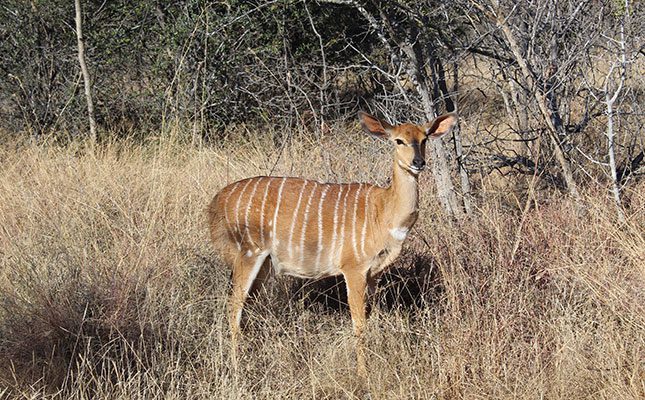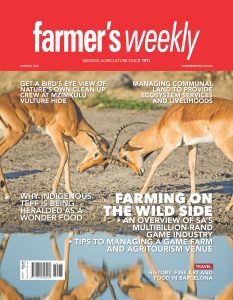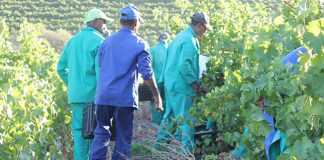
Photo: Lindi Botha
Prices paid at auction for animals have risen for a second consecutive year after the COVID-19 lockdowns brought wildlife ranching income to a halt.
Auction results from Vleissentraal’s first auction for 2024 in Mookgophong, Limpopo, showed that this upward trajectory is set to continue for the year.
The average price paid for an impala bull, for example, reached R3 108 last year, while this year’s February auction saw the price rise to R7 000.
While not all prices increased, most animals brought price increases.
Henko Viktor, a game auctioneer at Vleissentraal, told Farmer’s Weekly that farmer’s stocks were generally low, which is why demand was outstripping supply, leading to the higher prices.
“Hunting is driving the growth with demand from both local and international hunters increasing. As the prices have risen, many farmers have sold animals to capitalise on the higher prices, which has now meant that on-farm stocks are low.”
The higher prices, however, meant that many of the traditional ‘biltong hunters’ – local recreational hunters who hunted for meat consumption – were being priced out of the market.
“At the current prices for game, only foreigners can afford it, which is good news for those who are geared towards accommodating international hunters, but bad news for those who are not,” said Viktor.
Statistics from the game industry on animals sold over the last two years show that prices have been steadily increasing as wildlife ranchers rebuild their businesses.
Average prices paid for a roan bull in 2022 were R24 750, jumping to R49 500 last year.
An Eland bull would set you back nearly R20 000 in 2022, and R26 629 last year.
Overall, the game industry is in a far healthier state than it has been for many years.
Around 2016 the exorbitant prices paid for colour-variant game came crashing down, leaving many wildlife ranchers in dire straits.
Just as the industry was recovering, the COVID-19 pandemic meant that many lodges could not operate, leading to further income losses.
The resilience of the wildlife ranching industry is however ascribed to diversification, which bodes well for ranchers and the surrounding communities, since it increases economic activity.
Studies by North West University’s research unit, Tourism Research in Economics, Environs and Society (TREES), show that the hunting industry in South Africa contributed just more than R15 billion to the economy each year.
This figure takes into account accommodation, transport, food, meat processing, hunting permits, fees and game hunted.
Game farmer Gerhard Heyneke stated at Wildlife Ranching South Africa’s regional information day on 10 February in the Southern Cape, that if a game ranch relies solely on one leg, it risks being easily toppled.
“However, with a foundation supported by two, three, or four legs, its stability becomes formidable. This underscores the importance of diversifying your ranch activities, encompassing hunting, tourism, game products, and mixed farming.
“Through this diversification, you create a robust shield against economic challenges, fortifying your business to withstand adversity.”
Read more about the game industry in the 8 March issue of Farmer’s Weekly now available in stores and online. 












